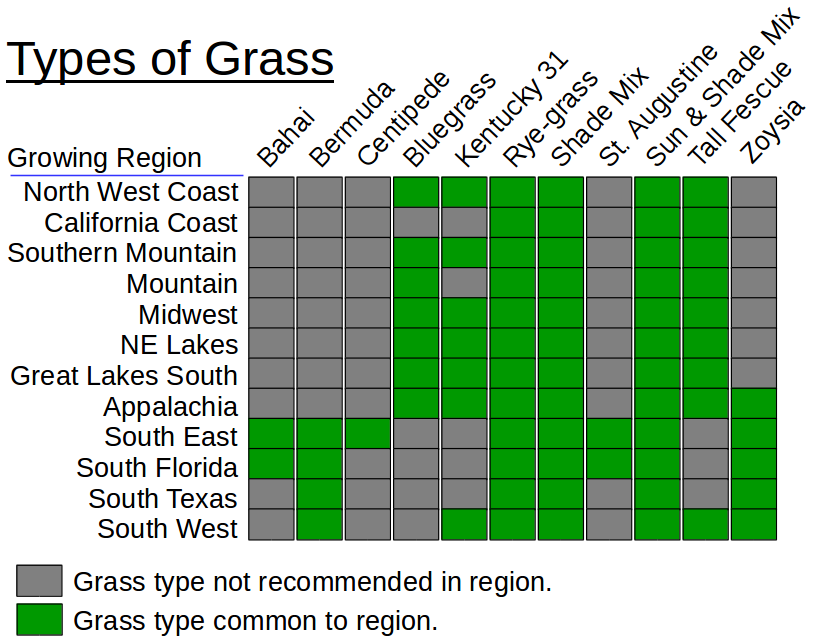Planting New Grass

Planting new grass? There are several things to consider. For example, you need to cover the grass seed with straw to protect the seed and encourage the growth and retention of moisture. Straw is available at many local farms or stores, and it's easy to spread by hand. The before and after pictures above was with grass seed covered by hand-strewn straw. The question is, how much straw do you need? The Bales of Straw Needed for Ground Cover calculator answers the question.
- The Bales of Straw Needed for Ground Cover calculator formula uses 300 square feet as the average area covered by one bale of straw or hay. The number of square feet covered was computed in a larger application of 20 bails and averaged out.
- The Bales of Straw Needed for Ground Cover calculator formula mentions hay. However, straw is better than hay for ground coverage that is trying to encourage undergrowth in applications such as new grass seed. Straw is often a little cheaper than hay. For those who don't know the difference, straw is the remains (stalks) after the grain has been harvested (e.g. wheat and oat straw). Hay is grass that is allowed to grow high and cut before it goes to seed. Hay has significant forage value (nutritional value) for animals like cows and horses where straw typically does not.
 Types of Grass by U.S. Region
Types of Grass by U.S. Region
- Coverage for planted grass seed is different than coverage as mulch for weed suppression. If you are using straw as mulch (e.g. in a vegetable garden) you will need to make it deeper than covering grass seed. This should make sense. We want the grass to come up and grow in this application, but we want to stifle weeds when mulching. To compute how much straw is needed for mulching, CLICK HERE.
*Square bales are actually rectangular, roughly in the shape of a right parallelepiped (box). This formula returns the number of square bales of straw needed. Straw is typically not processed into the large round bales. That treatment is typically reserved for hay.
- Type of Grass is a very important consideration. Some grasses do much better or will not survive in different climates. The graphic shows different types of grasses including: Bahai, Bermuda, Centipede, Bluegrass, Kentucky 31, Rye-grass, Shade Mix, St.Augustine, Sun and Shade Mix, Tall Fescue, Zoysia. It also shows which parts of the country where they are commonly used.
- Comments
- Attachments
No comments |
